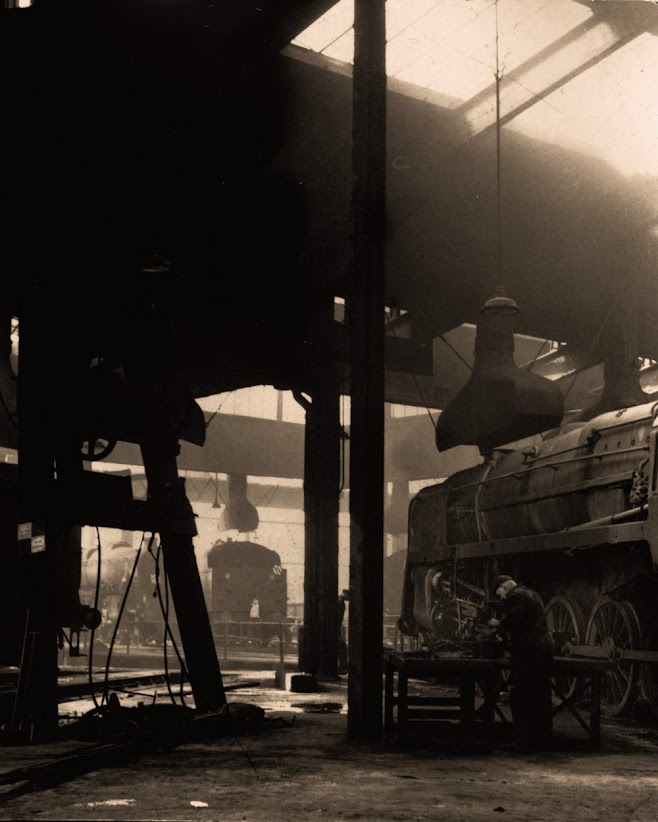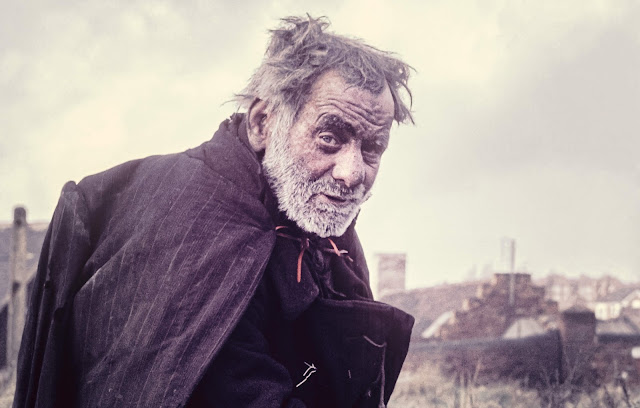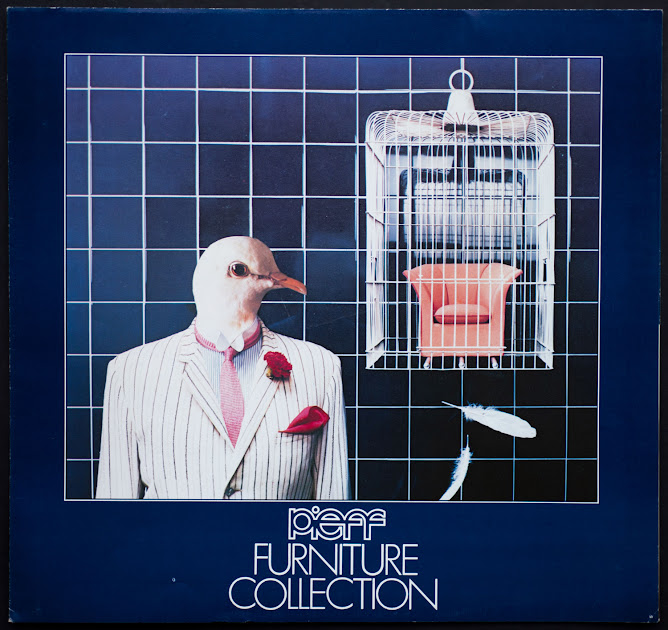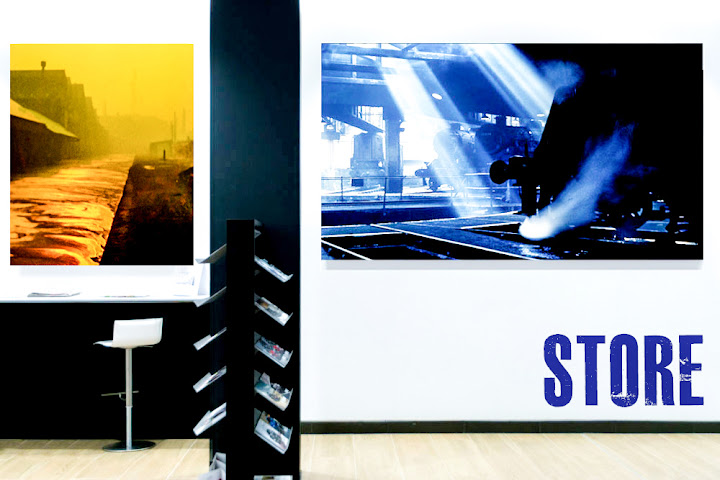Bernard Oakley Memorial Garden and Pleasure Grounds Colman Hill Cradley
 |
| Bernard Oakley Memorial Garden Today |
Bernard Oakley Memorial Garden and Pleasure Grounds Colman Hill Cradley Opening Ceremony Brochure from 1953 Halesowen Borough Council Sandwell Dudley West Midlands
The Parks opening ceremony brochure from 1953 found in the Peter Donnelly Archives.
Bernard Oakley was a local lad who was killed in the second world war..... the park was gifted to the neighbourhood by his father and mother in dedication to the memory of their lost Son.
The land is sloping towards Colman Hill and has a southerly aspect. New iron ornamental gates with York stone pillars have been erected at the main entrance in Colman Hill, the double gate bearing the inscription " The Bernard Oakley Memorial Gardens." On the stone pillar on the left hand side of the double gate is a bronze plate with the following inscription on it : " These Gardens and Pleasure Grounds were laid out and presented on June 27th, 1953 to the Borough of Halesowen by Mr. and Mrs. James Oakley in memory of their son, Bernard J. Oakley, who died on active service in Holland October 16th, 1944." On the pillar on the right hand side another bronze plate contains the words. " Greater love hath no man than this, that a man lay down his life for his friends."—John 15-13.
The land on the opposite or east side has been reserved for a children's playground which already contains swings. Access can also be obtained from Highfield Crescent by means of a drive and gate on the north side of the Grounds.
More Black Country Characters in the book "As If It Were Yesterday" now available in the store.
"As If It Were Yesterday"
















I visited today on my way to West Midlands Hospital and sat on one of the large rocks on the right side of the path as you enter those wonderful gates. The birds were singing beautifully and the trees were in bloom. So peaceful!
ReplyDeleteI looked up Bernard J Oakley when I got home and found this site. It made me cry when I saw his photo: so much like my own son might look in a few years time. The garden is a fitting tribute to his memory. He fought for the freedoms so many people take for granted today.
so glad you enjoyed your time there & found the connection to this article... thank you for your wonderful comments
Delete